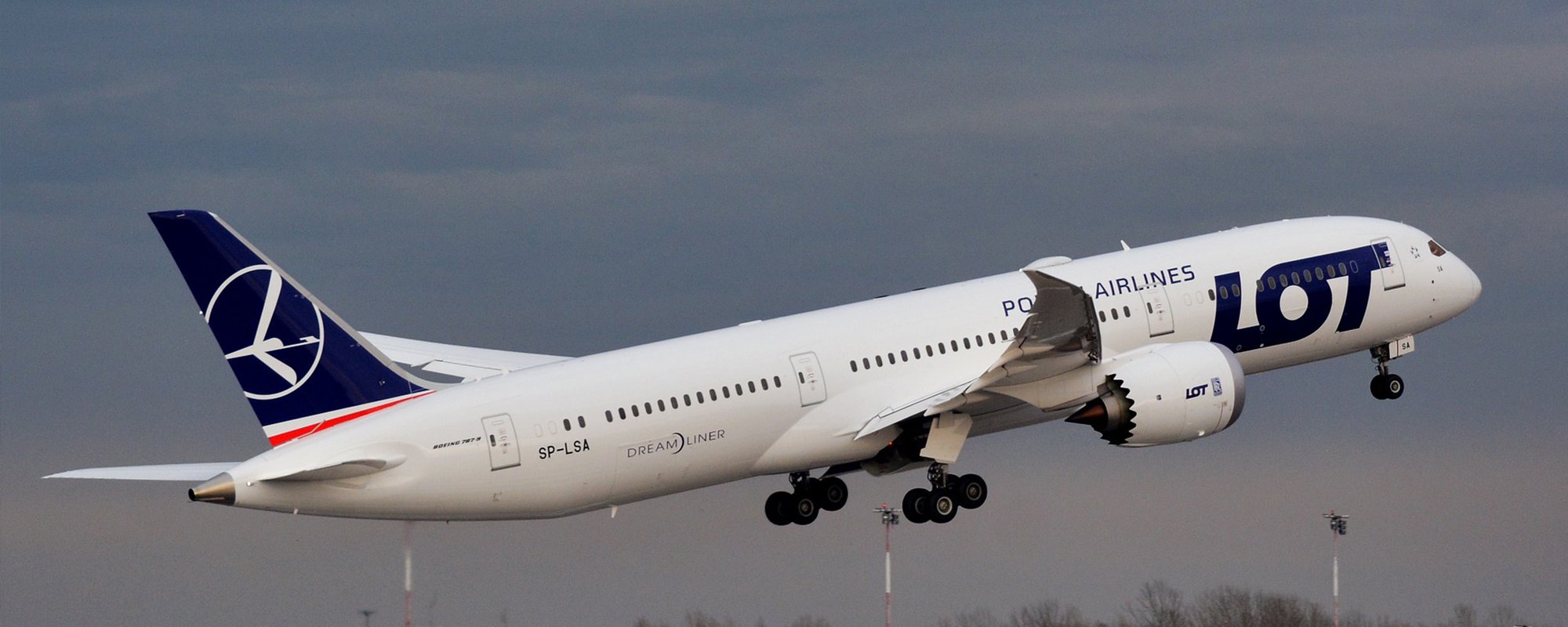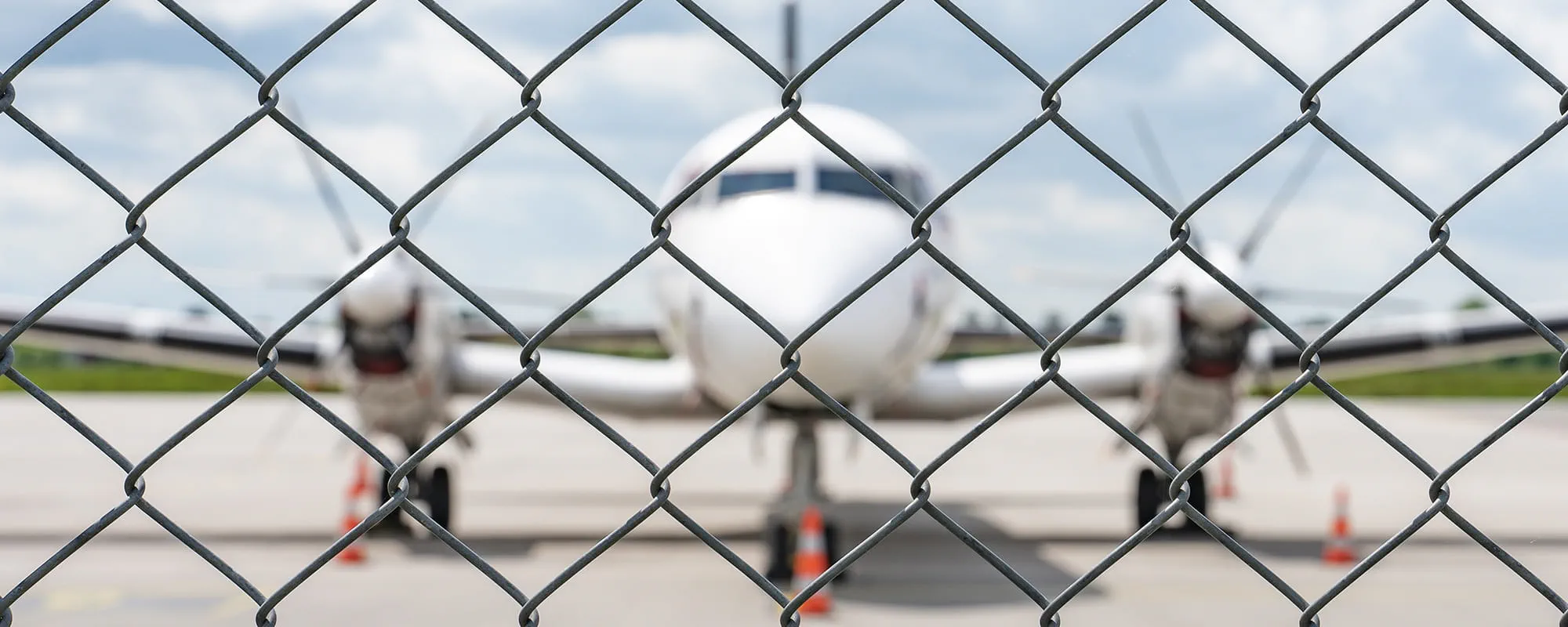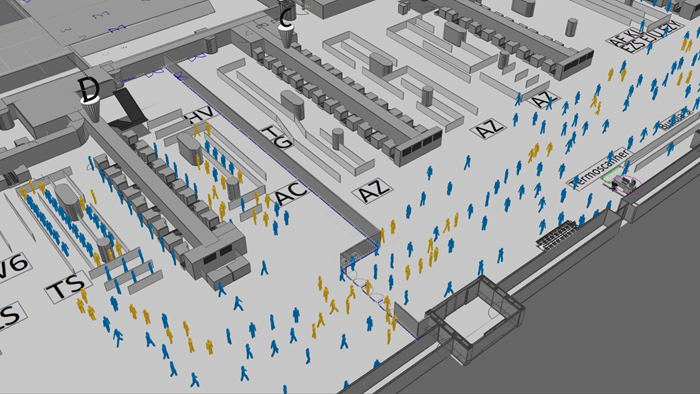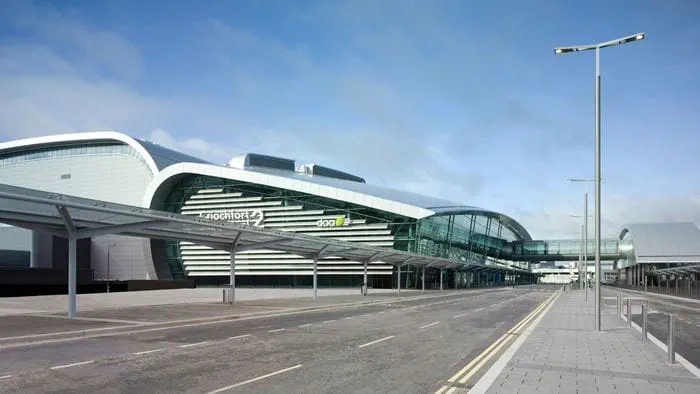Passenger numbers at Warsaw Chopin Airport, one of the leading airports in Central Europe, had been growing since 2015, nearly doubling to around 19 million in 2019 as the airport continued to absorb traffic ahead of the opening of the Solidarity Transport Hub (STH), the country’s flagship transport project.
Set to be the biggest transport hub in the region, Centralny Port Komunikacyjny (CPK) – as it is known in Polish – is a multi-modal aviation and rail hub that will serve 45m passengers per year when it opens in 2027, and up to 100m passengers in the final phase of development.
After COVID-19 suddenly grounded passenger aircraft around the world, flights thinned to a trickle at Chopin Airport – much like what happened at every other transport hub. Building on our long-standing working partnership, we reached out to owner and operator Polish Airports State Enterprise (PPL) to work out a strategy to help safely resume flights in the new pandemic reality.
To restart flights while ensuring passenger safety and complying with national and international sanitary requirements, Chopin Airport had to implement a range of procedures which significantly reduced airport capacity.
Using advanced digital tools, including our crowd modelling software MassMotion, our team determined the airport’s capacity to ensure physical distancing between passengers. After carrying out a gap analysis, the team recommended a series of COVID-ready solutions to help accelerate the reopening of air travel in Poland.
Project Summary
2 months project timeline
94,000m2simulated terminal area
Digital tools: airport readiness in the ‘new normal’
Using a range of digital tools, our team developed a digital twin of the terminal along with a physical distancing simulation, providing sound evidence that the airport has the capacity to operate while aligning with health and safety requirements.
In just over two months, we defined two operational scenarios – one assuming a return to 50% load factors and one assuming an 85% load factor level; and calculated the achievable capacity for each scenario using a capacity model built exclusively for Chopin Airport and adjusted for pandemic operations. The results were later validated through MassMotion, which confirmed it was possible to meet physical distancing requirements in both scenarios.
Based on these digital simulations, we developed a series of heat maps to clearly demonstrate the points and routes passengers ought to use to avoid breaking the 1,5m physical distancing requirements.
The MassMotion passenger flow simulation was used to estimate queue lengths and identify potential congestion points on the passenger journey, and also verified whether proposed operational measures would ensure that physical distancing could be maintained throughout the airport.
“Our digital tools and in-depth knowledge of the airport helped us to deliver a solution to help air traffic return to Warsaw Chopin. We can develop bespoke solutions to help airports return safely to operation, readying the aviation market for recovery after many turbulent months. ”
Ireneusz Kołodziej Director
Speed-of-sound project delivery ahead of peak season
Having collaborated with the airport operator (PPL - Polish Airports State Enterprise) on over 25 projects over the past 10 years, our advisors knew Warsaw’s Chopin airport inside-out. This in-depth understanding helped the team - including client-side and Arup specialists - to quickly find solutions to the mitigate the disruptive effects of the pandemic.
Our initial crisis assistance proposal focused on bringing back operations by identifying achievable airport capacity while meeting the 1,5m physical distancing requirement. We began working on the project one month later, delivering the operational guidelines to PPL the following month.
After implementing our recommendations, Warsaw Chopin Airport was able to resume domestic air travel followed by international travel in time for the summer season. In the first month after the restart of international flights, Chopin airport recorded over 5,400 flights.
The passenger journey: health, safety and comfort
To enable physical distancing across the airport, our aviation specialists analysed every step of the passenger journey from the moment of entering the terminal all the way to aircraft boarding, prescribing a range of infrastructure and process amendments at each point.
Our analysis identified the maximum hourly throughput of each passenger process including check-in, security control, immigration/emigration and passenger waiting/queuing and dwelling areas. Based on the identified figures, the airport owner could adjust flight schedules to ensure that eventual traveller numbers would not exceed levels that would cause the physical distancing regime to break down.
Working with the client, Arup's advisors proposed COVID-safe solutions while creating a smooth passenger experience, including the selective opening of processing points, designating queuing spots, allowing only travelling passengers into the terminal and adjusting boarding and de-boarding times. We also advised on gate allocation and the organisation of the boarding process to ensure efficient use of infrastructure whilst maintaining the pandemic regime.
Having gained this experience in our work with PPL, we were able to provide similar support to other airports in Europe, applying our extensive knowledge and digital tools to help Rome Fiumicino re-design operations to tailor infrastructure to demand under the physical distancing regime.
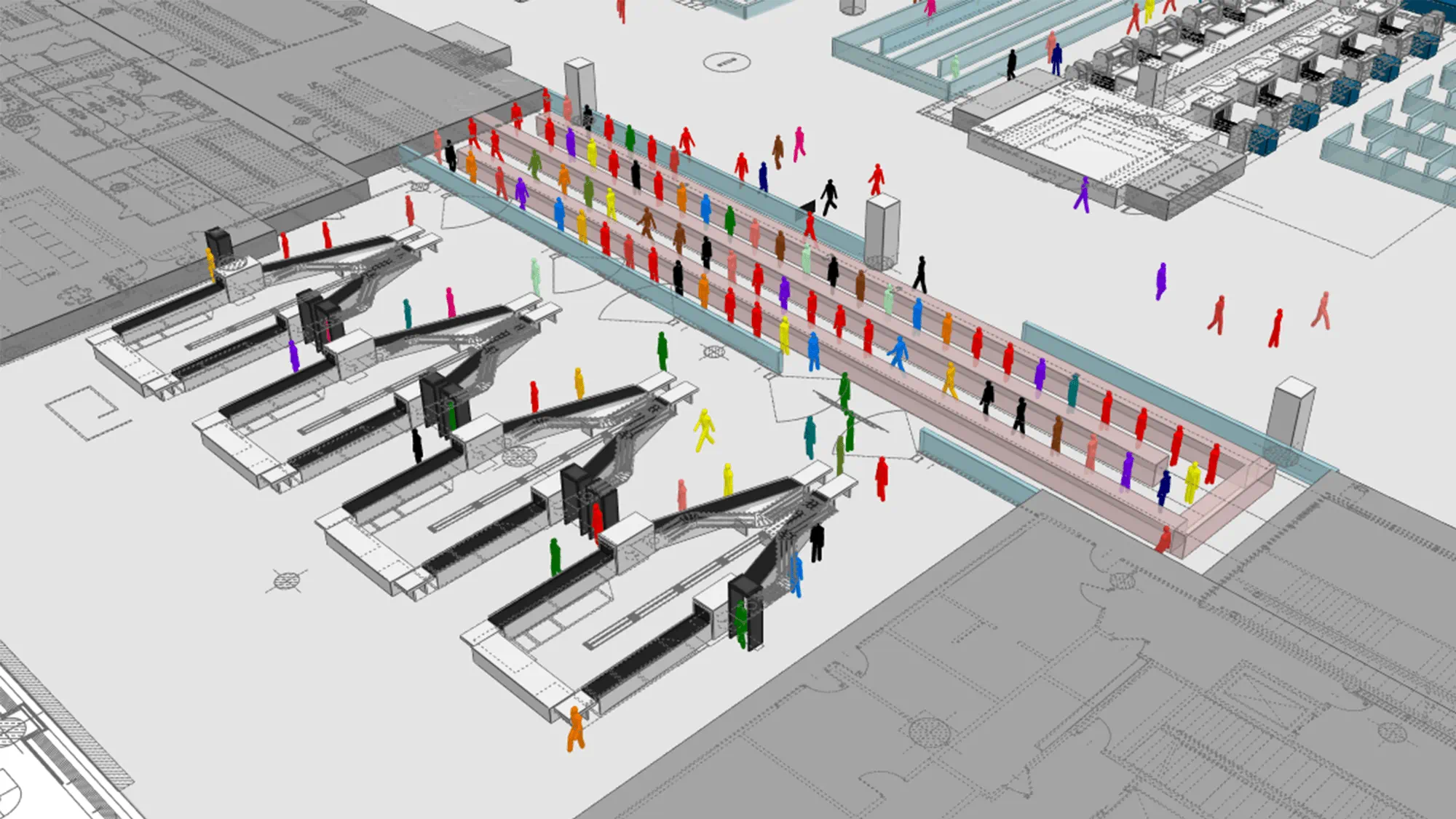 ;
;


